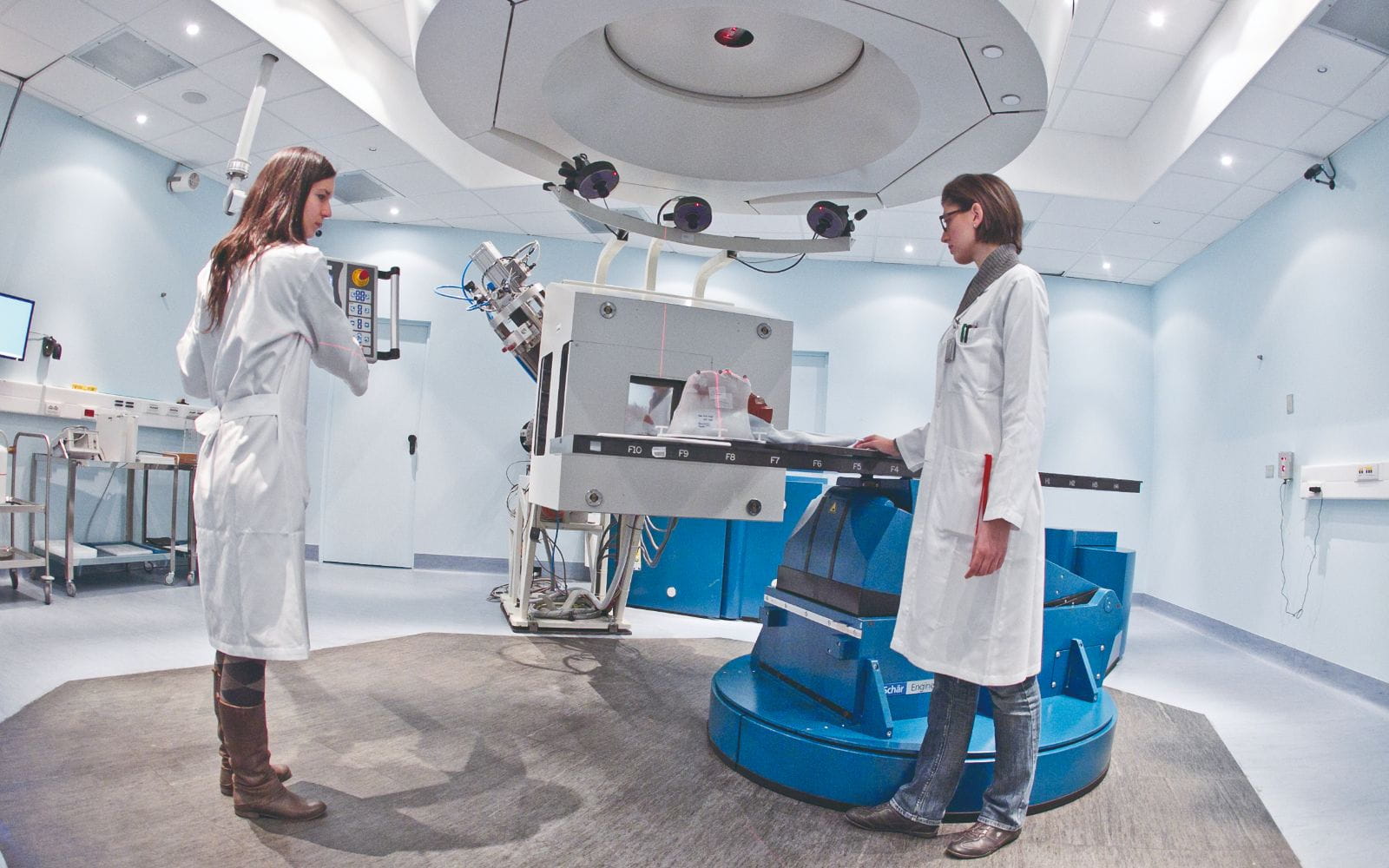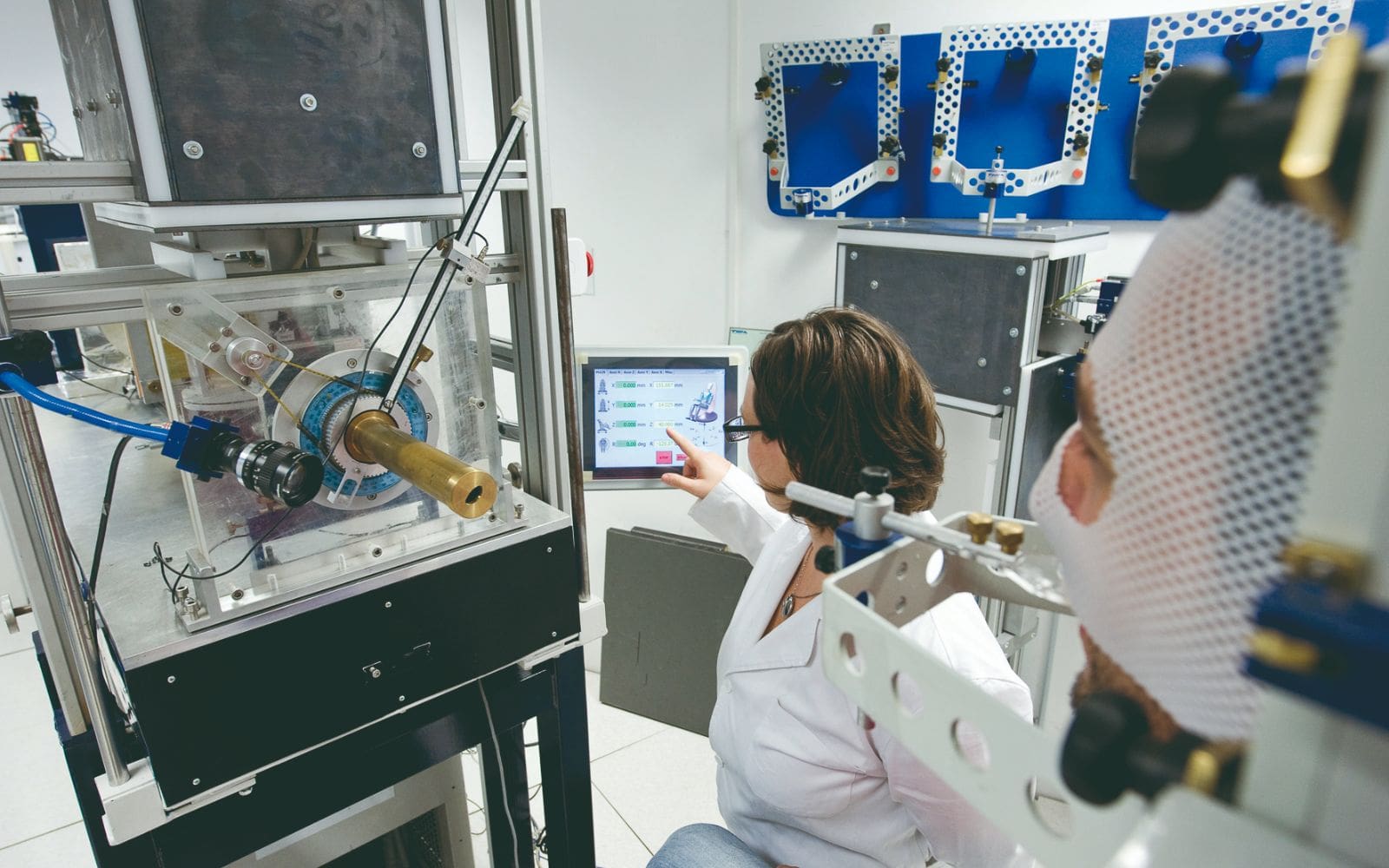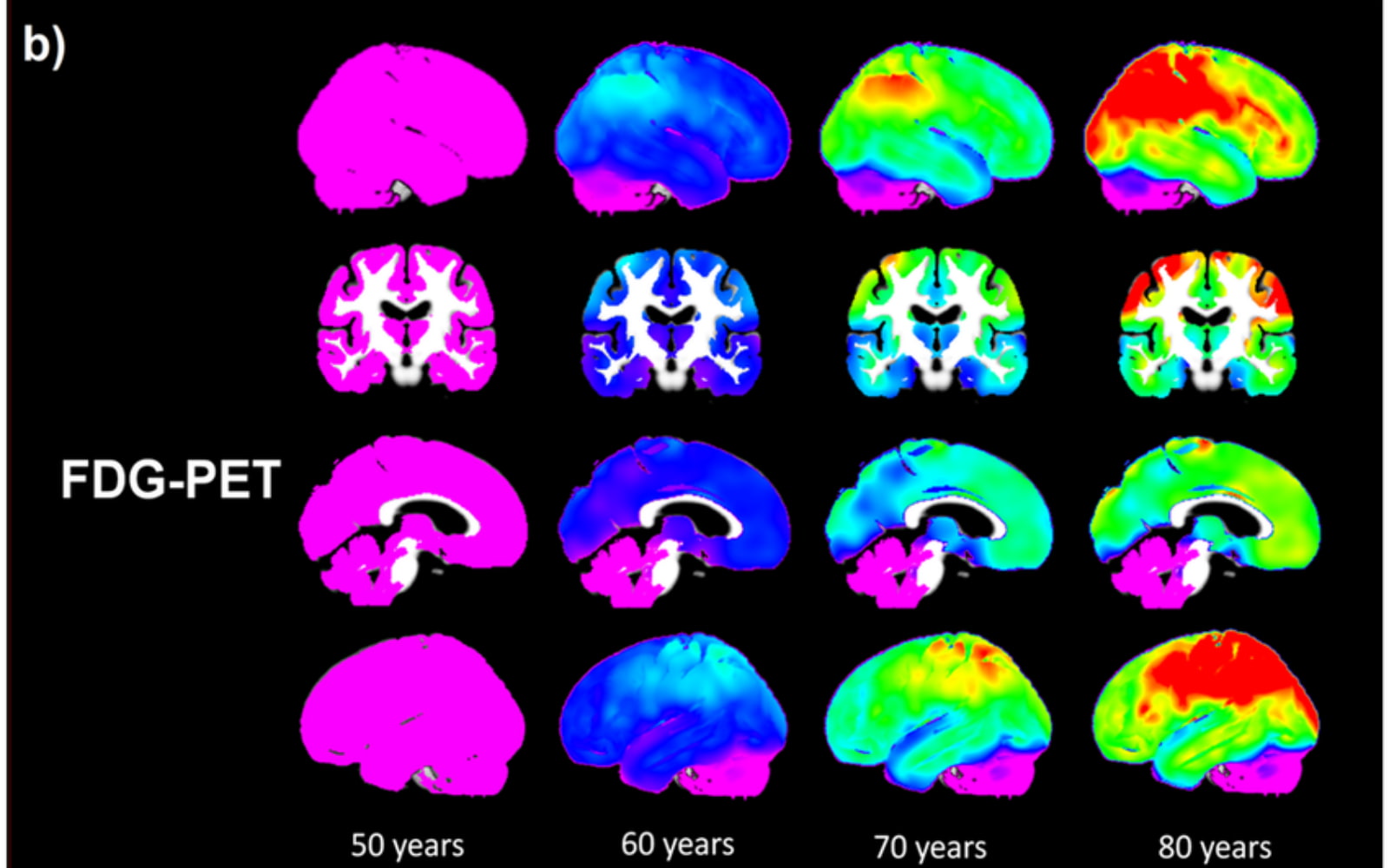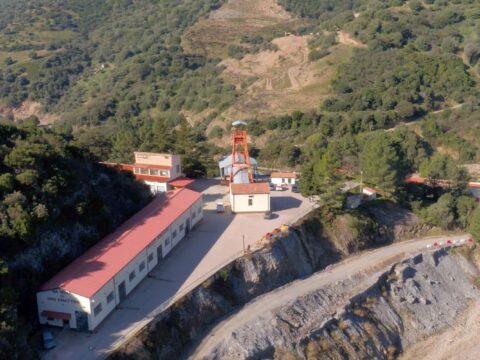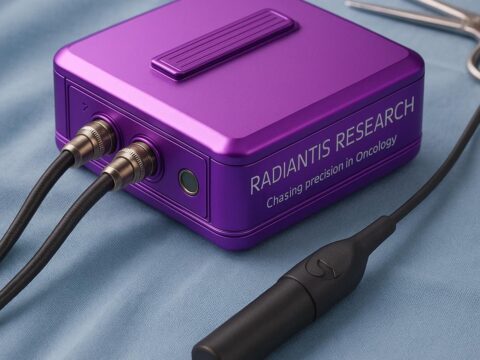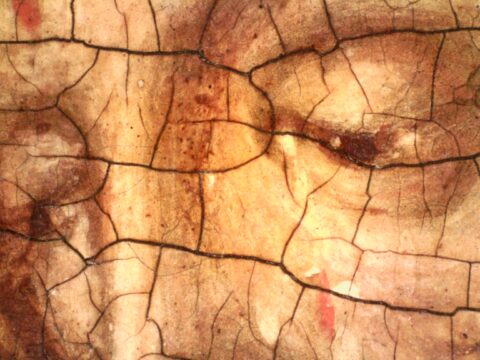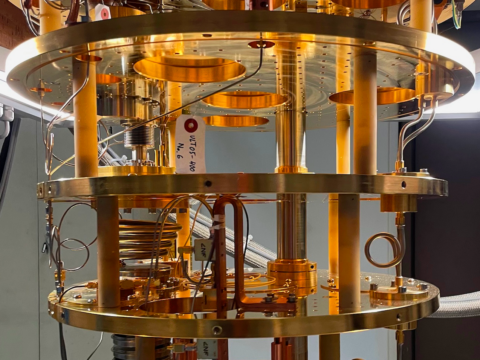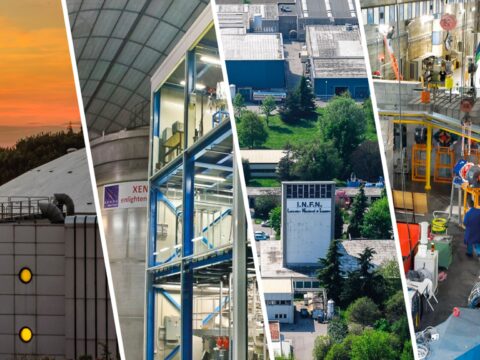In Catania, at INFN’s National Laboratories of the South, CATANA has been operating since 2002. This is the first proton therapy centre in Italy for treating ocular melanoma, which uses the Laboratories’ cyclotron. The University Hospital Polyclinic of the University of Catania also helps conduct the centre with its radiodiagnosis, oncological radiotherapy, and eye clinic facilities. Catana is the only centre for treating ocular melanoma operating inItaly, and one of very few in Europe. Since the start of its operations, more than 500 patients from various regions of Italy have been treated with a percentage success rate close to 95%. In addition, in Trent, INFN’s national TIFPA centre contributed decisively to founding the Trentino-Alto Adige Region proton therapy centre that opened in 2015, thanks to its expertise in the field of proton therapy machines.
